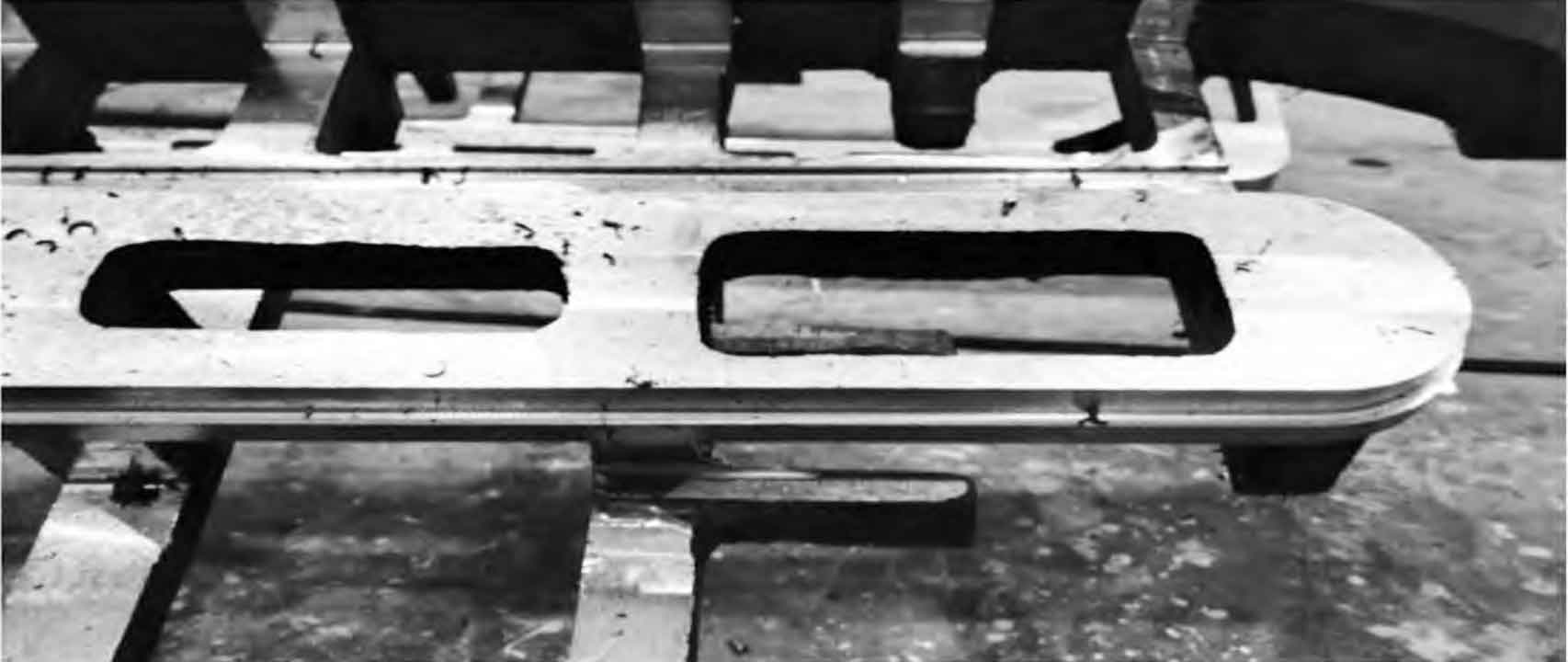Casting defects can significantly impact the performance and reliability of a product. Here’s an analysis of the potential effects of casting defects on product performance and reliability:

- Mechanical Strength and Structural Integrity:
- Casting defects such as porosity, shrinkage, and cold shuts can compromise the mechanical strength of the cast component. The presence of voids or weak areas can lead to reduced load-bearing capacity, increased susceptibility to fracture, and decreased overall structural integrity.
- These defects can cause premature failure under applied loads, leading to safety hazards, decreased product lifespan, and compromised reliability.
- Leakage and Fluid Flow:
- Defects like porosity, misruns, and incomplete fusion can create pathways for leakage in castings used in fluid-carrying applications.
- Leakage can result in fluid losses, decreased system efficiency, contamination, or even catastrophic failures in critical applications. It can lead to performance issues, reliability concerns, and significant financial losses due to product recalls or repairs.
- Dimensional Accuracy and Fitment:
- Casting defects can result in dimensional inaccuracies, including oversized or undersized features, improper surface finish, or distorted geometries.
- These inaccuracies can affect the fitment and assembly of components, leading to alignment issues, mating problems, or interference with other parts. Such issues can hinder the proper functioning of the product, affecting performance and reliability.
- Surface Quality and Wear Resistance:
- Surface defects like rough surfaces, cracks, or sand inclusions can impair the product’s surface quality and finish.
- Poor surface quality can lead to increased friction, wear, and corrosion susceptibility. It may compromise the product’s functionality, decrease its lifespan, and negatively impact reliability, particularly in applications where low friction, tight tolerances, or aesthetics are crucial.
- Heat Transfer and Thermal Performance:
- Casting defects can disrupt heat transfer capabilities in components used in thermal management applications.
- For example, porosity can act as thermal insulation, reducing the efficiency of heat dissipation. Inadequate fusion or dimensional inaccuracies can create thermal barriers or hotspots, affecting temperature distribution and thermal performance.
- Such thermal inefficiencies can lead to overheating, reduced energy efficiency, and potential thermal damage to the product or surrounding systems, compromising reliability.
- Material Properties and Chemical Compatibility:
- Inclusions, impurities, or improper material selection due to casting defects can affect the chemical compatibility and material properties of the cast component.
- These defects may cause accelerated corrosion, material degradation, or chemical reactions when exposed to certain environments or substances. Such issues can compromise the product’s performance, reliability, and even pose safety risks.
It is crucial to understand that the severity and impact of casting defects can vary depending on the specific application, the criticality of the component, and the operational conditions. Manufacturers should prioritize quality control, defect prevention strategies, thorough inspection, and testing protocols to ensure product performance, reliability, and customer satisfaction.
